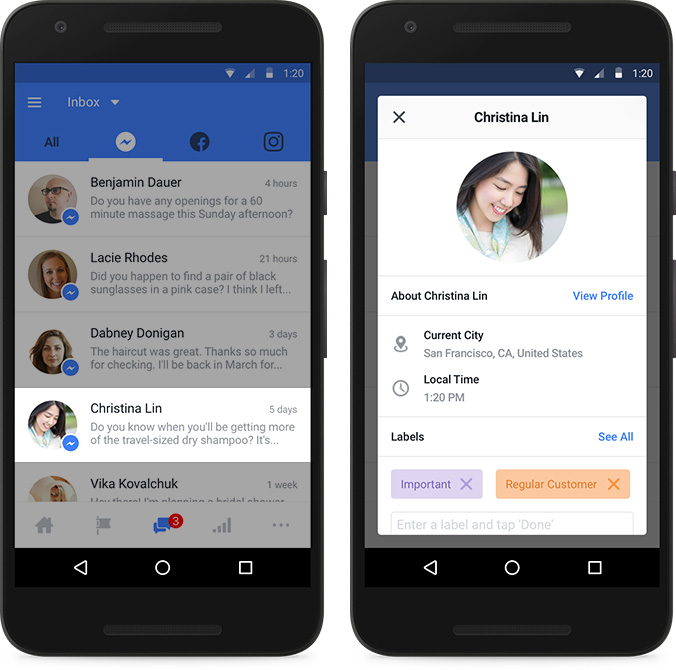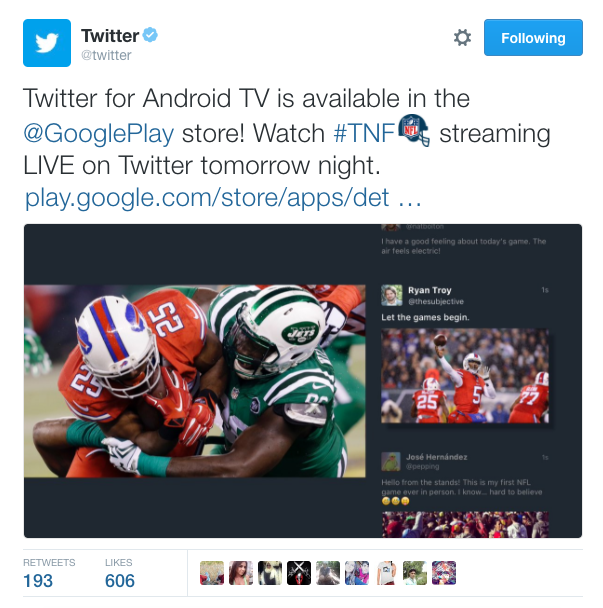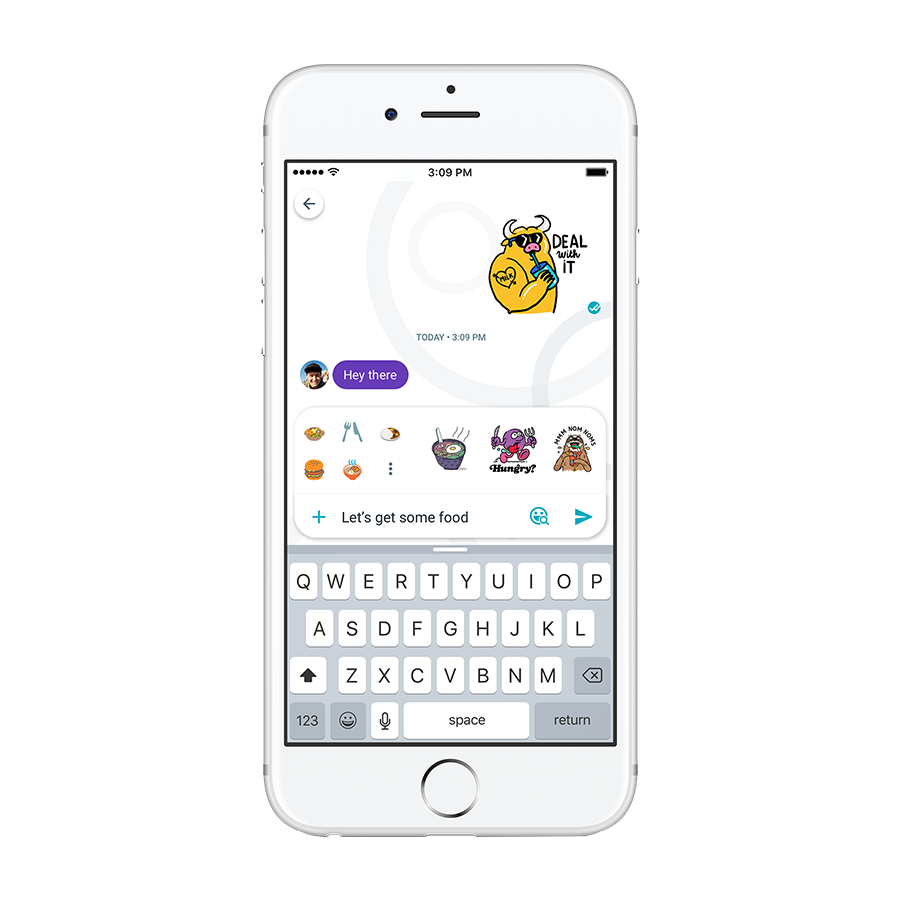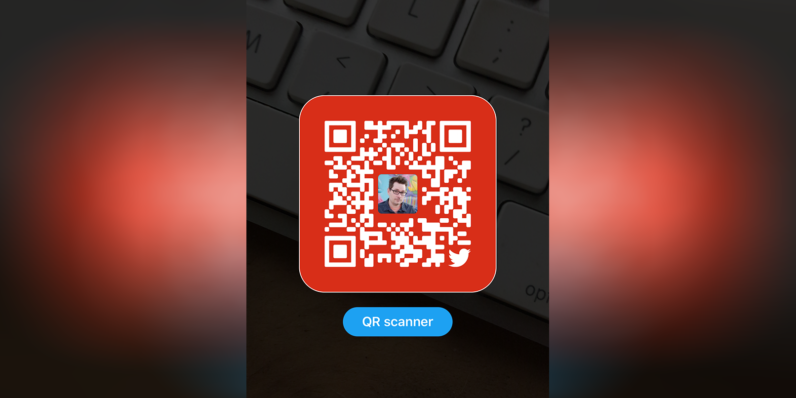The week in social: Twitter QR codes, fake news, and Snapchat partners with Foursquare
Facebook updates its messages inbox to include messaging from other services
In an effort to unify the inbox across multiple services, Facebook is now providing a single inbox where messages from Facebook, Messenger, and Instagram can all be accessed and responded to at once. The service is being positioned as a boon to business or Page managers, who may frequently receive inquiries from customers or other contacts. The new inbox also allows users to see quick details about a particular contact, including previous correspondence. Tags can be added including classification on if the user is a regular customer, or the message is particularly important.

Read more on Facebook Business.
Snapchat and Foursquare start a new partnership for location data
In an effort to help make its geo-filter locations more precise, Snapchat has entered into a new partnership with Foursquare that will allow it to use the latter’s geo-location data to provide highly specific locations for the filters. Previously, geo-filters were tagged to larger places such as cities and stadiums. It is likely that the product to be impacted the most by this partnership will be the temporary self-server geo-filters offered by the company.
More information on Digital Trends.
Twitter launches a new Live-Streaming app for Android TV
Over the past few years, Twitter has been working to make live-streaming of popular programming a core part of its platform, with partnerships for events such as Wimbledon, and Thursday Night Football with the NFL. Its latest step has seen it brought a live-streaming app to Android TVs, where users can search for highlights and watch live streams of all partnered events. Twitter announced the news with a simple tweet, including a link to download the Android TV app from the Google Play store.

Read more on Twitter.
Google adds a feature to Allo to make it easier to search for Emojis
According to a new post from Google about Allo, people who use messaging apps use only 3% of the available emojis. To help combat this and make messaging more rich, Google has added a Smart Smiley button to its input bar that will suggest emojis as a user types a sentence. When accepted, the emojis will replace the word that has been typed to make the message appear more visual. Other apps such as Apple’s iMessage do this as well. Google stated in their post that Smart Smiley has increased the use of stickers and emoji by 30%.

Read more on Google Blog.
Companies begin to battle fake news advertisements
Facebook and Google, two of the most prominent digital media companies, are taking the fight to fake news websites by banning them from using advertising networks to propagate their stories. Especially during the most recent US election, many users of Facebook have been confused by news stories appearing on their feeds, so the action taken by these companies is to ensure that users are only seeing true and factual news from media partners who advertise.
More information on TechCrunch.
Twitter releases a new QR code feature for adding friends
Similar to the already popular feature that Snapchat employs, Twitter has rolled out a QR code option to some users for adding new friends. Users who have the feature enabled are able to set up a QR code for adding through their Settings menu. Users are then meant to take a snapshot and share it via social or any other method they wish.

Read more on The Next Web.
Facebook is testing news feed ads with multiple products
In a new ad format test with retailers such as Michael Kors and Lowe’s, Facebook is showing news feed ads with multiple products in them. Within the new format, Users can click an image or video of the specific product on the ad, and then they are taken to a next page where multiple different products are featured. It is expected that during the holiday shopping season, other brands will join the test, according to Social Times.
More information on Social Times.
Periscope adds new feature to let users share highlights around the web
A new feature from Periscope to help content reach more people around the web, users watching content on Periscope.tv can click a share button that brings up a menu where content can be shared on both Facebook and Twitter. Start and end times can be customized to show off a specific highlight, and if the user doesn’t want to share directly to Facebook or Twitter, a URL share link can be copied to post anywhere.
More information on Social Times.